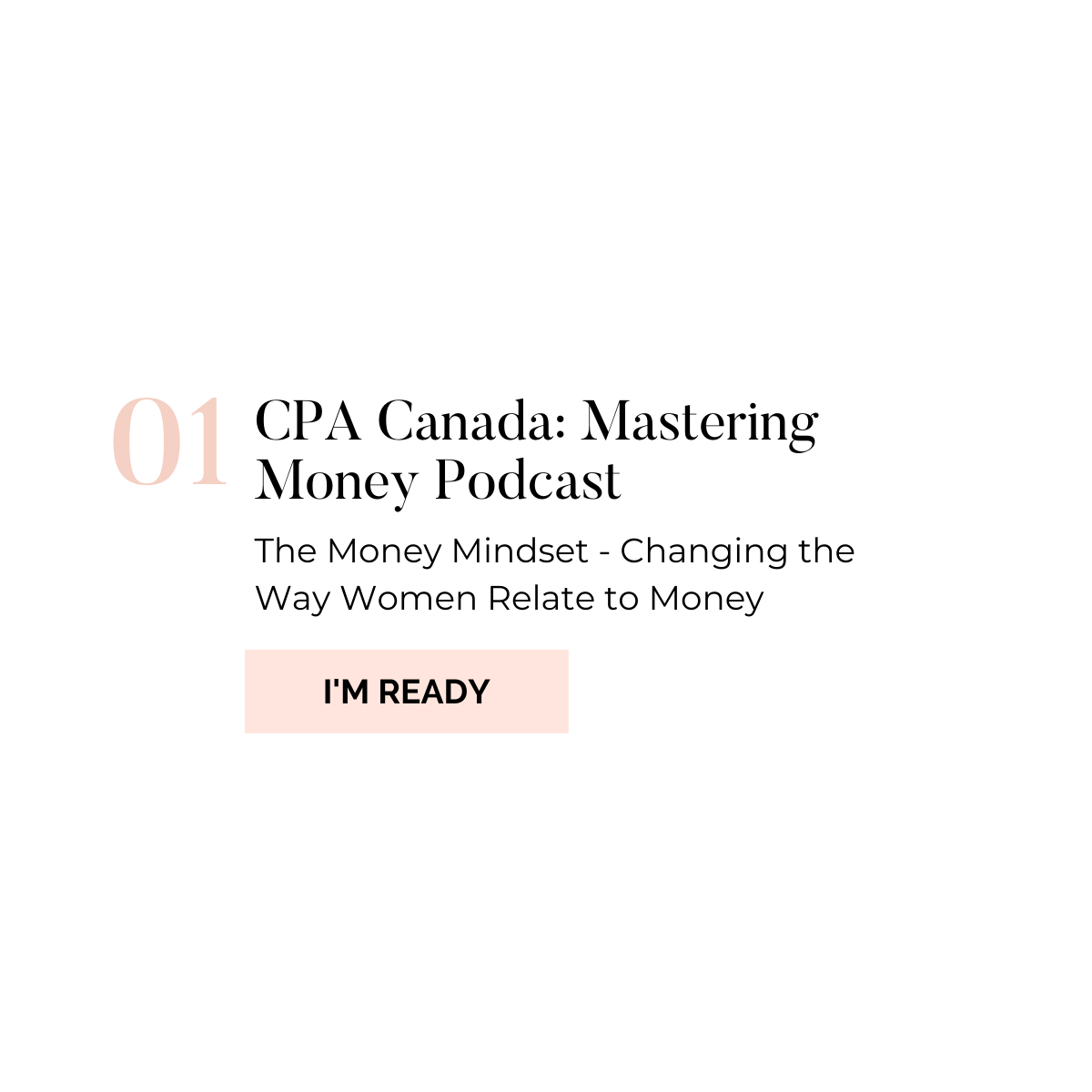The Worthy You - Spending Identity
“You always have the money, it only seems like you don't because you're not spending in alignment with your goals.”
My clients always ask me what the easiest way is to gain control of their finances. I always tell them to shift their spending habits. It may not be the easiest but it definitely is the most powerful and results-driven way. In part one of this 4-part series we talked about creating your financial identity. In part two we’re going to make sure your spending habits match the financial identity you’ve created.
We operate out of two types of spending identities; the one that justifies spending and the one that justifies not spending. Either one of these parallel identities can come up during different situations and both are based in limiting beliefs that consist of scarcity mindsets and the inability to see our true worth. Here are a few examples of each of these identities:
To spend:
I should treat myself, I deserve it
I don’t want to feel poor
I’m already in debt, what’s another few hundred dollars
I’ve created a standard that I have to maintain
I want to feel good
To not spend:
I don't feel worthy
I'm in debt so I can't spend until I’ve paid it all off
I can't pour into myself because the kids need something instead
I’ll feel guilty
I won’t feel good afterwards
It’s all based on the cognitive cycle or how our mind works. Our thoughts create our feelings which then create our actions. How, where and why you spend your money are all related to an underlying thought, usually a money block, which then creates a feeling. That feeling is what determines the action you take when it comes to spending, or not spending. Shifting those thoughts helps create a new identity which then shifts how you spend your money. Need a real life example of this? Head to the blog and check out Leaann’s story.
It’s so important for me to incorporate mindset into every aspect of my clients’ transformation but along with mindset we also focus on the practical side of spending. You tend to spend more when you’re unclear on your financial goals or have no idea where your money is going each month. Your spending (or lack of) is based in fear, worry, scarcity and even shame. The practical just comes down to creating goals for your money based on your new financial identity. Then, you just shift where your money is being spent to meet those goals; it’s a process I call Aligned Spending.
Embodying aligned spending isn’t complicated. Let’s take the example that you have listed getting out of debt as one of your financial goals. You’ve added that goal to your budget (you already knew I was going to reference a budget!) and now the money you put towards that goal is spending in a way aligned with your new financial identity. On the flip side, if you knew you had this goal but chose to spend that money on takeout or new shoes instead, that’s just a way to self-soothe and you’d be right back on that cognitive cycle of poor spending habits.
So, how do you shift your spending habits and make sure the practical matches?
Start by creating your new spending identity. First step, answer the following questions:
What thoughts do I wish to hold when spending money?
How would I like to spend my money?
What do I want to stop spending my money on?
What would I like to start spending my money on?
How do I wish to feel when I spend money?
What would it feel like to spend with intention and in alignment
with my goals?
Then write down three financial goals that you have (make sure these goals are based out of your new financial identity). After you’ve identified your goals, track your spending for 7 days and determine if your spending is aligned with your financial goals. If it’s not, make shifts on how you spend your money.
TAKE THE MONEY PERSONALITY QUIZ TO FIND OUT YOUR EXACT MONEY PERSONALITY TYPE.
PREVIOUS POST >>
<< NEXT POST

























A pack mentality leads to misinformation.
A discussion on how you can take steps to best invest in yourself.